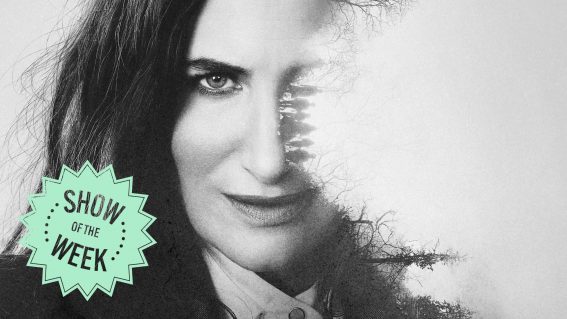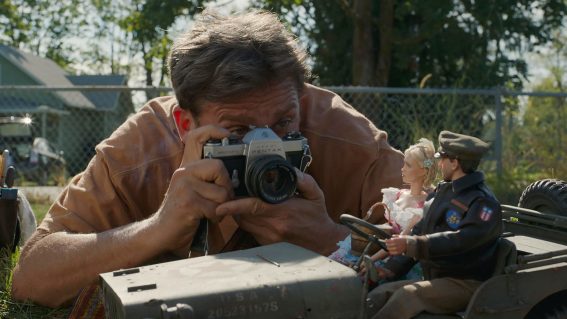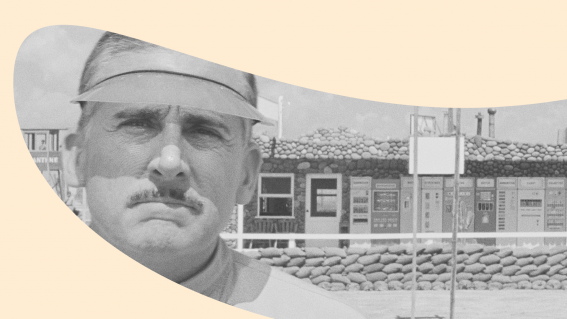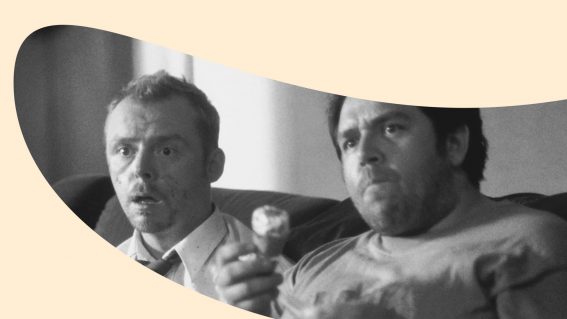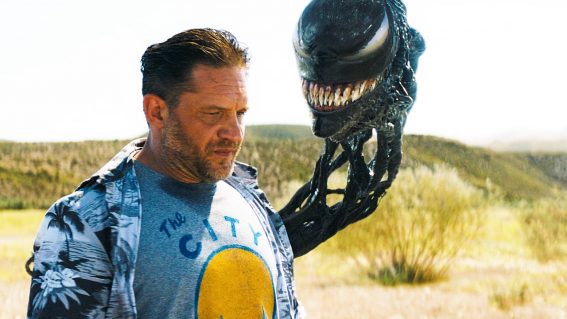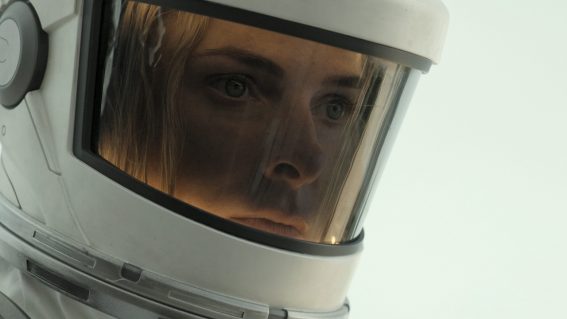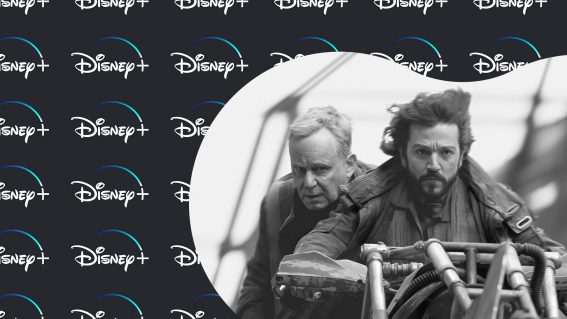Put off by Copenhagen Cowboy? Try Too Old to Die Young, Nicolas Winding Refn’s other TV series
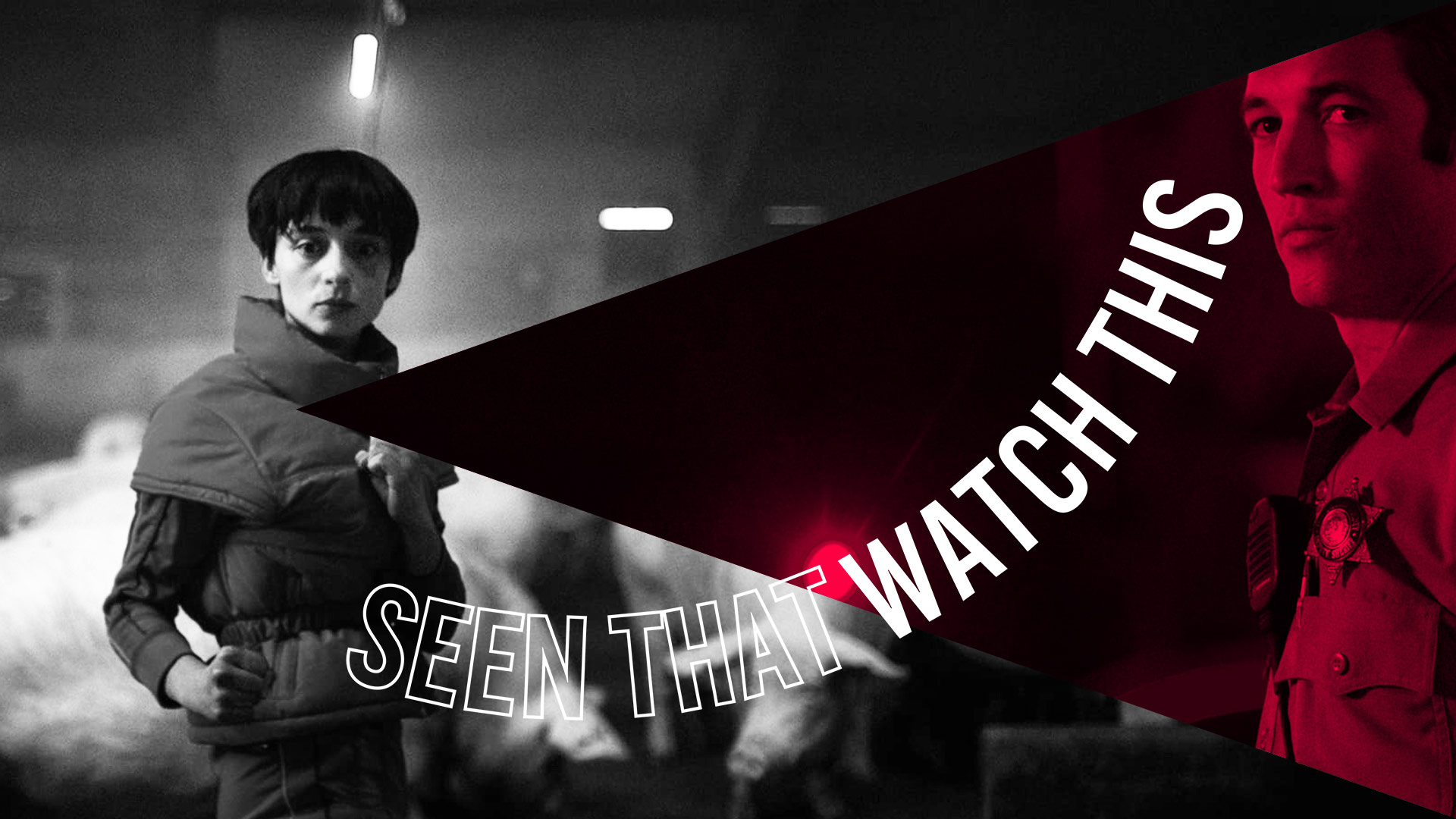
Nicolas Winding Refn’s new series Copenhagen Cowboy is a tough watch, oozing with his signature style. In his weekly column Seen That? Watch This, Luke Buckmaster says the Danish auteur’s previous show Too Old to Die Young is a superior production.
Making it through the entirety of director Nicolas Winding Refn’s 13-part series Too Old to Die Young feels like the equivalent of some kind of unspeakably hideous endurance test—like swimming laps in a pool pumped full of sewage. That is, bizarrely, the analogy that comes to mind when I reflect on this excessively violent, excessively long, excessively…excessive show from the neon-loving Danish auteur. It’s a tough watch in many ways, albeit far more accessible than Refn’s new series Copenhagen Cowboy: a heavily moody, stony-hearted, ssslllooowwww series following Miu (Angela Bundalovic), a vengeance-seeking woman navigating Copenhagen’s criminal underbelly, who has a habit of maintaining long and icy thousand yard stares.
In both shows, Refn’s unbridled indulgence is so extreme that the productions double as visual representations of an auteur disappearing up their own arse—in the best and worst ways. It’s well-known that Howard Hawks, when making the 1940 screwball classic His Girl Friday, directed his actors to speak substantially faster than people converse in real-life, creating a verbal ping pong effect: sharp, snappy, sassy spitballing. Refn achieves the opposite. He directs his actors to deliver sparse dialogue slowly, with long pregnant pauses between and even during their lines, creating a hollowed out feeling—like words being spoken from the edge of a cliff, echoing into a canyon where nobody is listening.
Near the end of the third episode (no spoilers) of Too Old to Die Young, Miles Teller’s police officer Martin Jones shares a typically plodding conversation with John Hawkes’ ex-FBI agent, Viggo. This dangerous, intensely down-in-the-mouth man is now an avenging angel, tracking down and killing bad people—particularly sex offenders. The pair are alone in a diner, sitting at the counter drinking coffee, Refn’s framing using literal space between them to emphasise psychological distance. In fact there’s such a great sense of distance between them, actual and otherwise, that when they speak it feels like they’re talking to themselves, conversing with aspects of their own souls.
This scene’s uncomfortable psychological energy and others of a similarly itchy impact reminded me of Craig S. Zahler’s nerve-jangling Kafkaesque prison movie Brawl in Cell Block 99, starring Vince Vaughn as a skull-crushing tough guy who must murder an inmate to save his partner and their unborn baby. Both (very gruesome) productions revolve around characters who are sort of in reality and sort of not, influenced by the Freudian idea of motion pictures as an externalisation of the mind’s operations.
In the aforementioned diner scene, maybe even in every scene in Too Old to Die Young, the characters are somewhere north of Hollywood and west of hell, to borrow the name of the secondary title afforded to the show when it screened at Cannes. It’s far better than Copenhagen Cowboy. Both shows require substantial investments, but Too Old to Die Young gives back more: with a more satisfying arc, better developed characters, and a greater sense of catharsis.
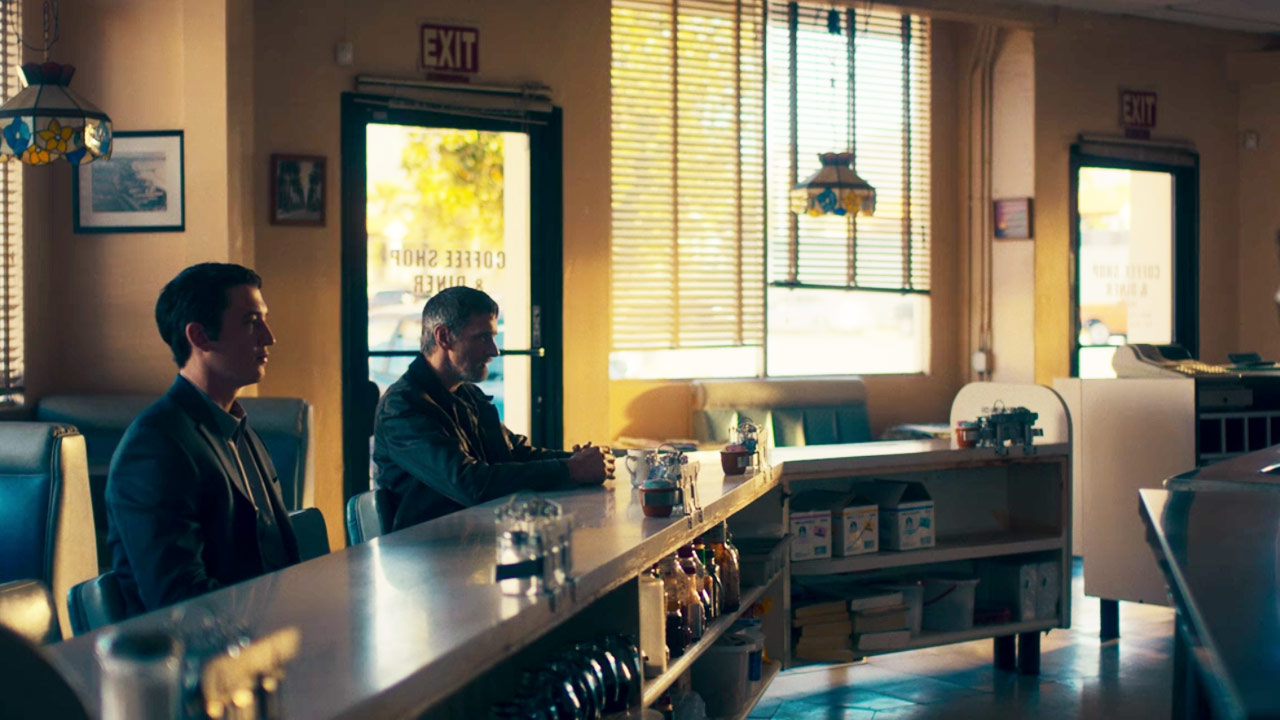
The first episode establishes the mood of this ugly world and our moral expectations of it. After listening to Martin’s partner Larry (Lance Gross) engage with a young woman he pulled over, intimidating her with extremely sleazy and aggressive powerplay (“I could come to your place, since now I know where you live…”) it’s fair to say we do not assume the characters will behave ethically going forward, and that the show’s overview outlook will be bleak. Very bleak.
This episode also demonstrates Refn’s willingness to subvert narrative structures, killing off a character we presumed would play a key part going forward. In the next, as if to proclaim “you ain’t seen nothing yet,” the filmmaker introduces a new cast and abandons the Los Angeles setting completely, delving into the back room machinations of a Mexican drug cartel. It’s a challenging episode: beautifully shot, like all of it, but with conversations that are flat-out boring. I suspect many viewers will simply stop watching.
Returning to the aforementioned diner scene (useful in a review, because it says a lot about TOTDY’s style and almost nothing about its storyline) Viggo at one point asks Martin whether he needs to leave. The cop responds no, “I’ve got time.” Ain’t that the truth: everybody in this show has time—especially the filmmaker. The question is whether viewers will. There are morsels of gold strewn throughout, including (in episode five) one of the best and most interestingly structured car chase scenes I’ve seen for a long time, which begins realistically then morphs into a Lynchian bad dream and a Breaking Bad-esque desert confrontation.
To say that the series, described by Refn as a 13 hour film, is long or snail-paced is stating the bleeding obvious, and perhaps missing the point. Unconventional pacing is so obviously a bedrock element, intended in this instance to make us shift and squirm, harking back to that initial, endurance test analogy I couldn’t get out of my head—about swimming through sewage. At least—and here’s a few words I never thought I’d string together—it’s sewage of a very stylish variety.



